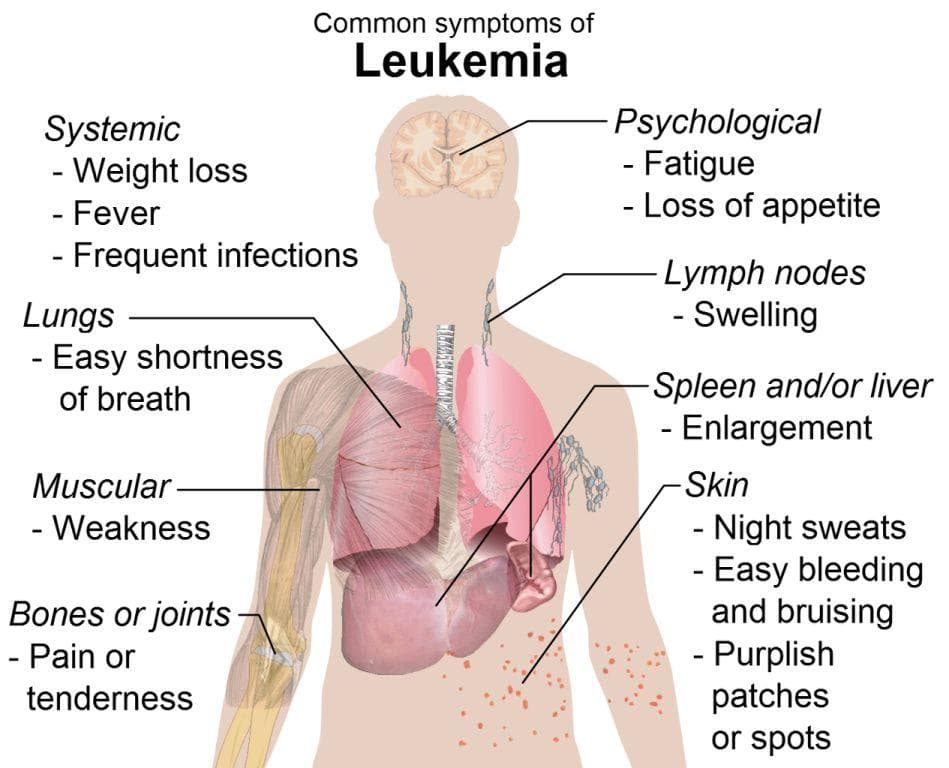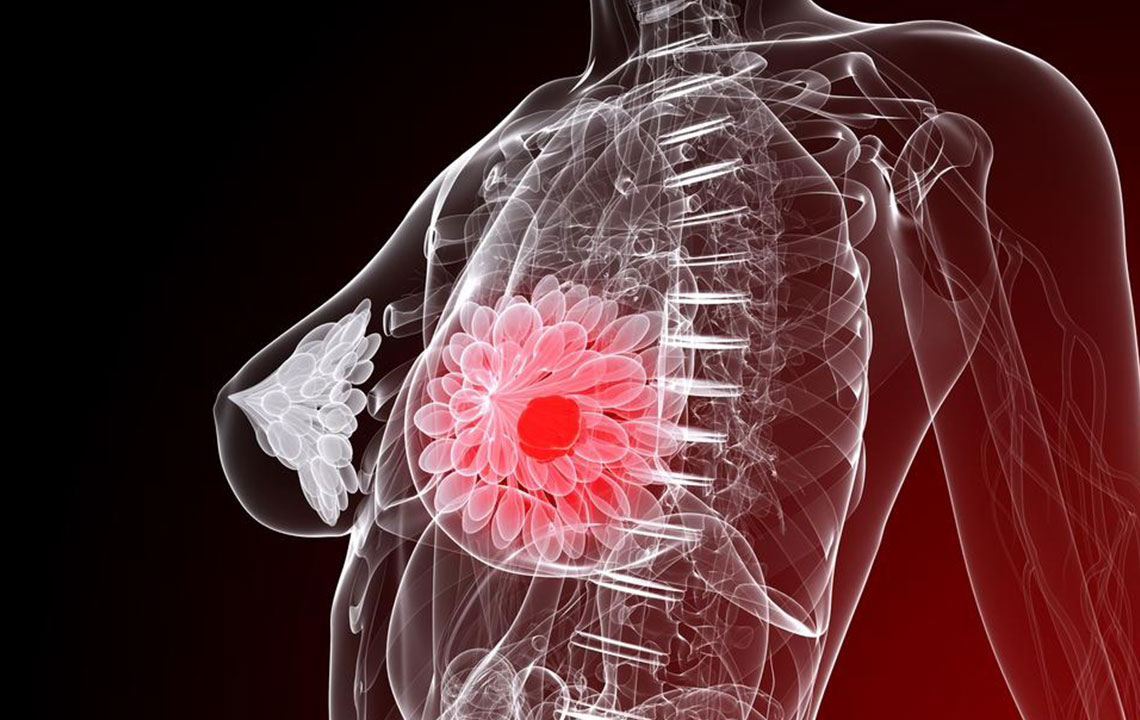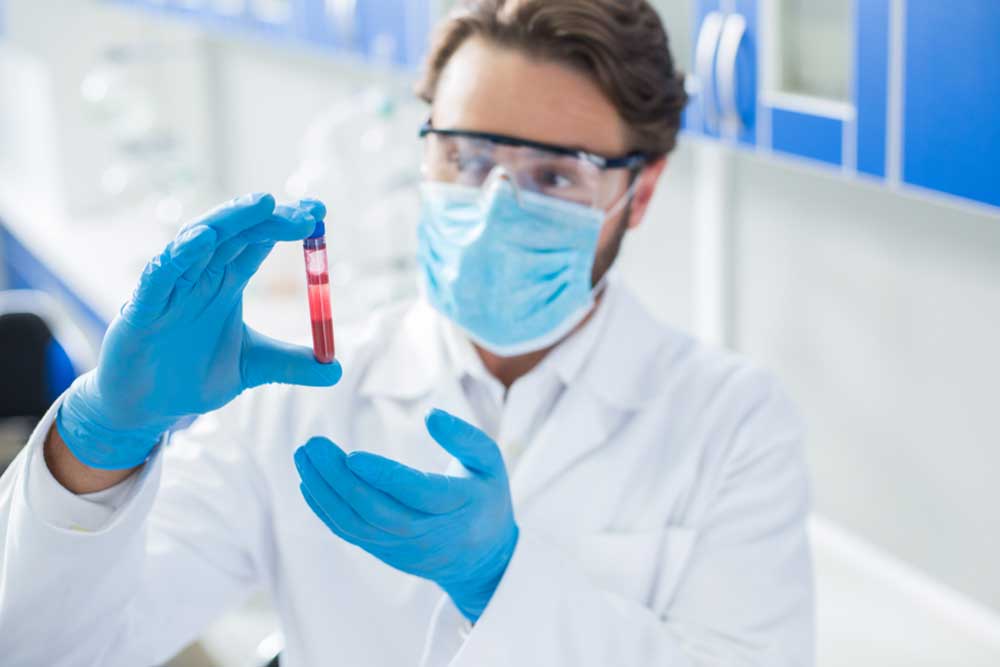Signs Your Body Shows When Dealing with Leukemia
Be aware of subtle signs and symptoms of leukemia to ensure early diagnosis and effective treatment. Recognizing symptoms like fatigue, swelling, bleeding, and frequent infections can make a significant difference in prognosis. This guide covers the types, symptoms, and early indicators of leukemia to help you stay vigilant about your health and seek timely medical care when needed.
Sponsored

Recognizing subtle signs of leukemia can lead to quicker diagnosis and treatment. Being vigilant about changes in your body is essential.
What is leukemia?
Leukemia is a type of blood cancer originating in the bone marrow, where blood cells are produced. It causes the marrow to generate abnormal white blood cells, disrupting normal blood functions. These leukemia cells multiply rapidly, eventually outnumbering healthy cells and impairing your immune response.
White blood cells are vital for fighting infections, but abnormal cells can cause bleeding, anemia, and infections. Leukemia may also spread to lymph nodes and organs, resulting in discomfort and swelling.
Types of leukemia
Leukemia is classified as acute or chronic based on symptom progression. Acute leukemia worsens quickly, leading to rapid health decline, while chronic forms develop gradually, often with few initial symptoms. It also includes subtypes depending on the affected blood cells, namely:
Acute lymphoblastic leukemia (ALL)
Acute myelogenous leukemia (AML)
Chronic lymphocytic leukemia (CLL)
Chronic myelogenous leukemia (CML)
Other less common variants include hairy cell leukemia and promyelocytic leukemia. Recognizing leukemia symptoms
In early stages, symptoms may be subtle or absent. However, knowing the common signs can prompt timely medical attention. Here are key symptoms to watch for.
Typical leukemia indicators
Unexplainable fatigue and weakness
Recurring fevers and chills
Bone or joint pain
Frequent infections
Small red skin spots (petechiae)
Repeated bleeding from gums, nose, or rectum
Heavy menstrual bleeding
Severe headaches
Night sweats
Difficulty breathing
Sudden weight loss or loss of appetite
Abdominal discomfort
Swelling or pain in the upper abdomen
Unusual bruising
Additional signs of leukemia
Besides common symptoms, other indicators include:
Swollen lymph nodes: Often noticeable in the neck, armpits, or groin, indicating possible spread.
Anemia: Low red blood cell levels cause fatigue, weakness, and shortness of breath.
Leukopenia: Reduced white blood cells weaken immune defenses, increasing infection risk.
Thrombocytopenia: Low platelet count leads to easier bleeding and bruising.
Enlarged liver or spleen: Blood cell buildup causes fullness or swelling in the upper left abdomen.
Persistent symptoms like fever, night sweats, or fatigue should prompt medical evaluation. Early diagnosis of leukemia can dramatically improve treatment outcomes. If symptoms persist beyond typical cold or flu durations, consult a healthcare professional to rule out leukemia and begin necessary treatment promptly.






